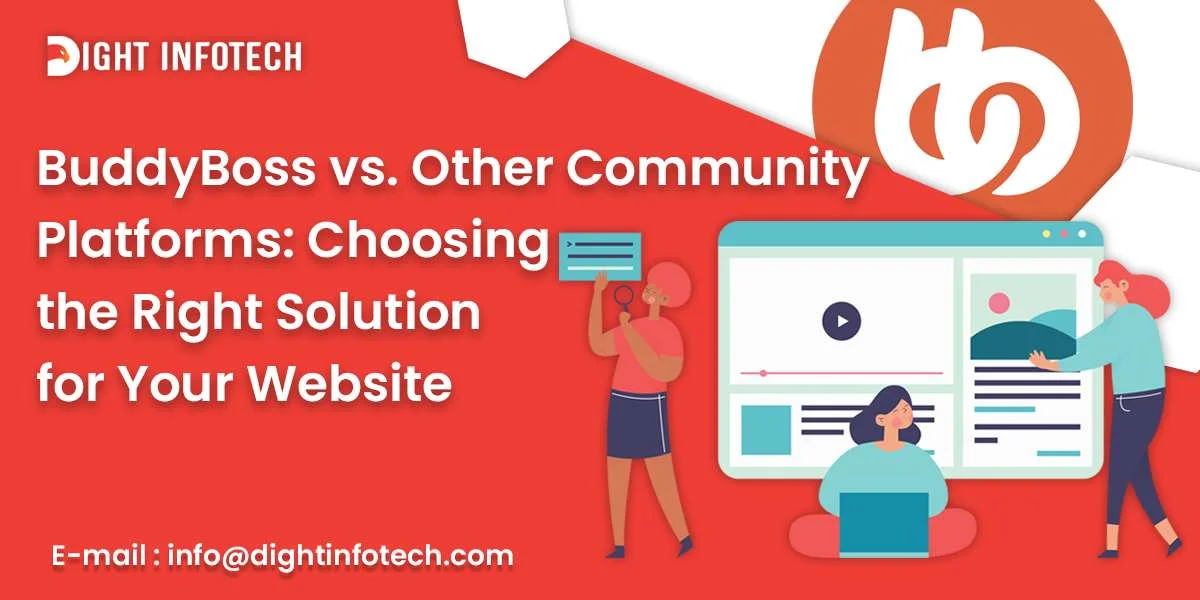The Future of WordPress: Trends and Predictions
WordPress has long been a popular and versatile platform for website development and content management. As technology continues to evolve, it’s important to look ahead and understand the future trends and predictions that will shape the WordPress landscape. In this blog post, we will explore the exciting possibilities and emerging trends that are expected to … Read more






